Growing Pumpkins
Learn How to Grow Pumpkins in a pot, Growing Pumpkins, Pumpkin care, Problem with Pumpkin, and more about this winter squash plant. Pumpkin is a plant that everybody wants that once it is planted in the garden. Its round shape and ribbed skin, yellow and orange color are to attract people with unmatched and big fruit. It is wrong to think that this requires a bigger space. Autumn is really the best fit to plant in the container.
Cucurbita pepo is easy to start with seeds, if you want to grow from seeds, then you will dig about 1 inch deep and cover the soil with light hands. Observe the temperature of the soil is above 18 degrees Celsius. A dwarf variety of pumpkin is easy to plant in the container, its care is also less than other vegetables. It is perennial in tropical regions and as an annual in the temperate zone and friendly to any climate. Actually, its decorative sunny flowers and many delicious and nutritious fruits encourage you to grow. How are you developing it in a container? Read more.
Overview Pumpkins
Botanical name Cucurbita pepo
Common name Pumpkin
Plant type Vegetable
Sun Full Sun
Soil Little acid or nearly neutral soil
Soil pH 6.0-7.2
Zone 3-9
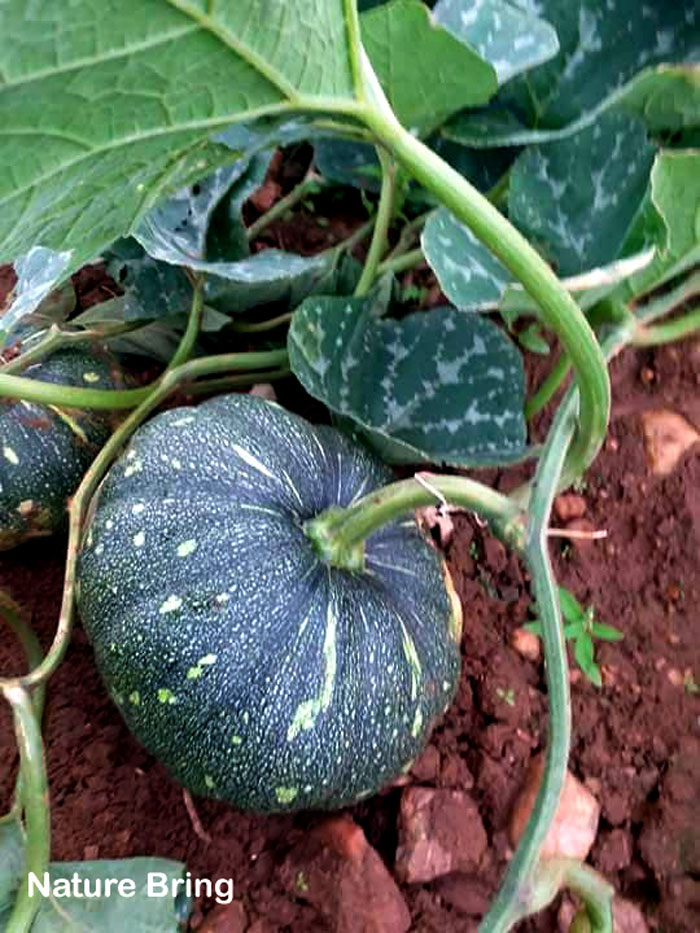
How to Grow Pumpkins
Growing pumpkins is very easy, you can plant its seeds straight outdoors. Planting the hole 3 centimeters, and 2-3 seeds per hole at the beginning of May or June. Cover the jars or plastic sheets after planting. After germination leaves two weeks open and later planting thin. Read more.
Soil and Location
The pumpkin plant needs a lot of sunlight. Therefore, before planting it, select a place where at least 8 hours of sunlight arrives. Keep in mind that pumpkins are very sensitive so they will need shelter in the frost. To avoid very fast heat, you use shadow tents.
Pumpkin likes fertile and well-drained soil. This plant requires lots of water but do not use wet and dense soil. Its roots go very deep, so loosen the soil well before planting. These plants grow very well in a little acid or nearly neutral soil.
Planting
After planting the seed of pumpkin, when 3 to 4 leaves in it, then set it outdoors by making hills. Use a plastic-covered frame to protect the seeds. Keep 20 feet apart between each hill.
Water
pumpkin plant requires a lot of water. Give about 1 “water per week, and keep the soil moist as normal. Keep in mind while giving water, protect plant leaves from contact with water, so do not use an overhead sprinkler for irrigation. Give the plant water in the morning, so that the moisture of the leaves becomes dry with sunlight. And the plant can avoid diseases and insect problems caused by excess moisture.
Fertilizer
You should give fertilizer about a week after the bloom. Side-dressing with the help of fertilizer. Feed high potash liquid fertilizer in about 10-15 days.
Growing Pumpkins in a pots
- To start the veggie, first select the best quality seeds. You can get it from a nearby nursery or seed shop. The development of pumpkin is not dependent on the monsoon, it depends on the temperature. At the time of planting it requires temperatures of 18 degrees Celsius (65 degrees F) or above.
- There are many species of pumpkin. Choose small species of pumpkin for the container. For this 10-gallon size, the container is suitable. For most varieties, the size of 15 to 20 gallons is most correct.
- You should stick to the rule of the thumb – Container should be 20 to 24 inches in depth and width. The development of the plant in the container depends on its drainage hole. You can choose the dwarf variety for your container. If you have a big place in a garden or a patio, it’s very species are available.
- These winter squash plants require full sun. Better sunlight fosters its flavor and nutrients. Since these plants prefer sunlight, do not keep these plants in the shade. Its plant needs sunlight for at least 6 hours. Pumpkin needs enough sunlight and air circulation to grow brilliant flowers and fruits.
- Use Rich well-drained soil for growing pumpkins. In cold climate use soil which is heating up early. All the varieties should be put in the potting mix which contains the amount of organic manure. The container should have a good drainage system. The plant does not need acidic soil. It is best for a 6.0 to 7.2 pH balanced soil.
- For maximum size and quality of fruits, it requires water with “fountain”. Read more.
Pumpkin care
Water Pumpkin plant
These winter squash plants are very thirsty, so they require a lot of water. Give it about 1-inch water especially during fruit production. Give water carefully to avoid the possibility of rot in the plant. Add mulch around the plant to keep moisture in it.
Fertilize your Pumpkin (winter squash)
You mix a slow-release fertilizer with your potting mix, use a liquid fertilizer every two weeks during the growing season. Be careful that pumpkin does not require too much nitrogen.
Need pollinators to Pumpkin (winter squash)
It is clear that there are not enough bees and pollinators in many places, for this, you can use hand pollination or To attract pollinators, place other flower plants near the vine.
Support to Pumpkin
Support the lattice for the pumpkin vines because they can not climb without the support and the fruits come in contact with the land. If the ground is wet, it is necessary to use the lattice to protect the fruit from rotating.
Harvest
When the fruits appear mature and the colors appear perfect on the plant and remove it before the first cold falls.
Problem with Pumpkins
- If the surface of the white powder is deposited on the leaves, then it is the characteristics of Powdery Mildew. For this, moist the soil and increase the cooler places.
- Vegetarian crops fall short of transplantation, it is usually a problem in wet conditions, and the plant gets damaged. The mold usually enters through a wound, and it also infects a healthy plant. Fuzzy gray mold begins to affect buds, leaves, flowers, and fruits. And finally, the infected plant dies. Sow thinly, when the situation is hot to avoid them. Hygiene is very important in preventing the spread of gray mold.
- Winter squash worms and cucumber beetles usually damage it, especially in the summer.
Read also: How to grow Custard apple in the home. How to grow Orange in containers. Propagate your plants with cutting and air layering. Microgreensgrowing at home. Growing Beetroot in containers. 11 Best winter flowers for your garden. Growing Zinnia flowers in your backyard. About us. Container gardening. Black pepper growing at home. Allamand Caathartica Growing and caring tips. Surprising uses of Borax in the garden. Pansy flowers growing and car guide. Nerve plants growing and care tips.
Happy Gardening.
For Pin:

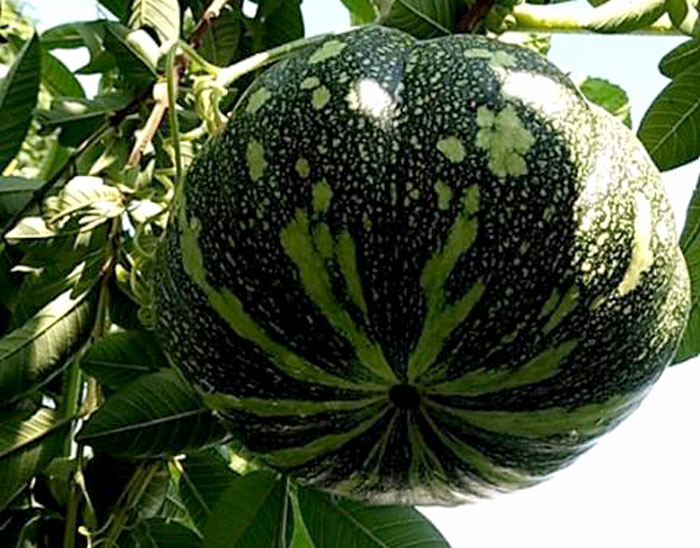
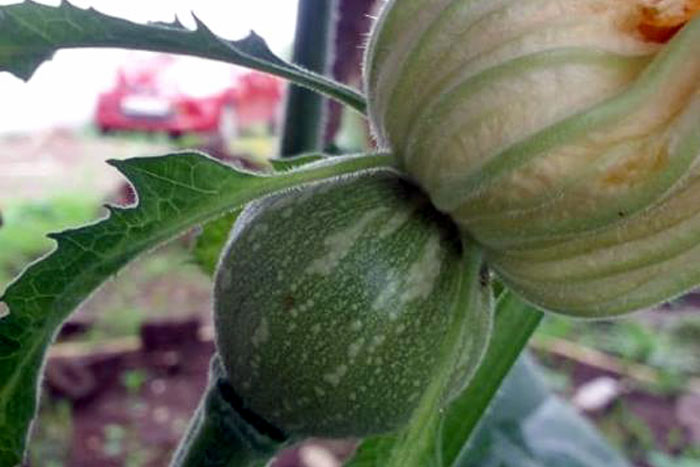
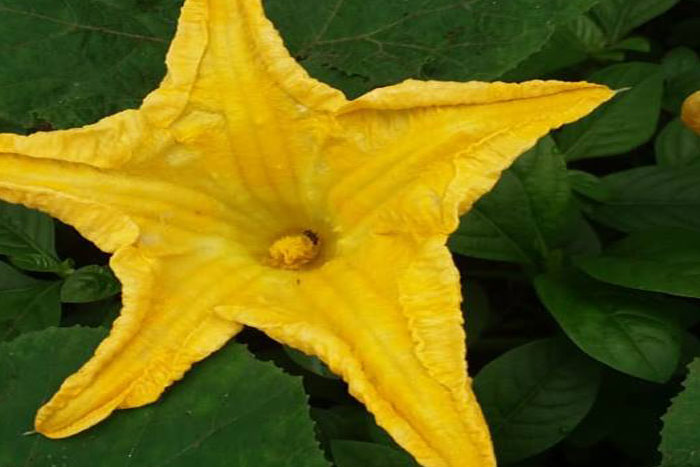
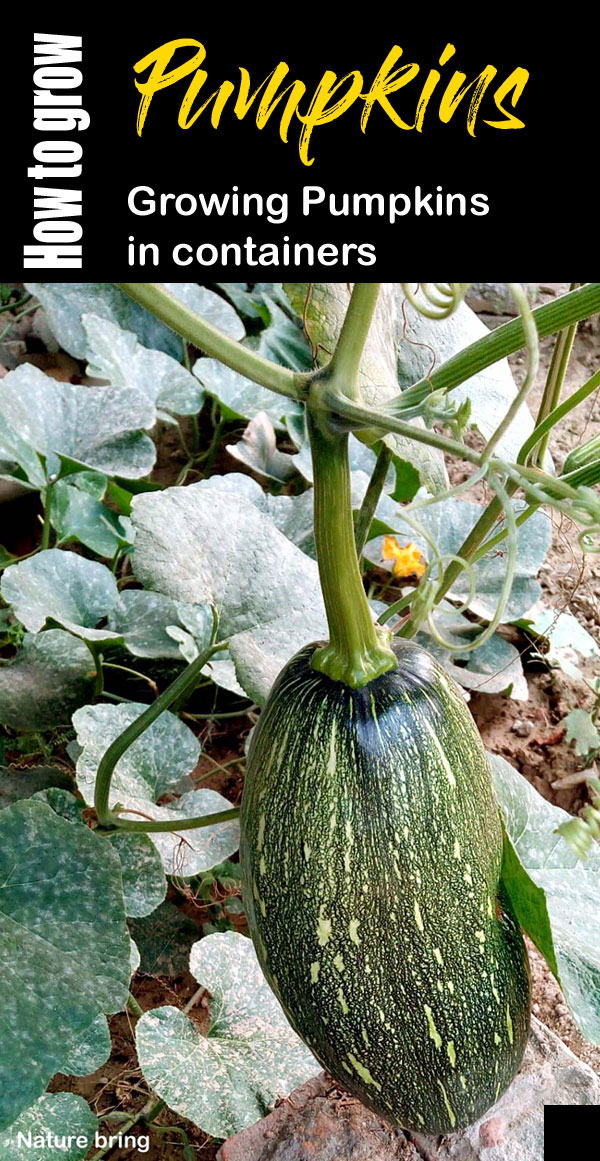

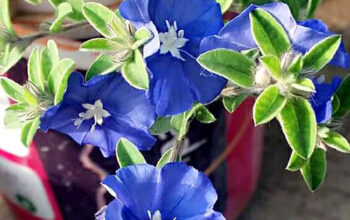
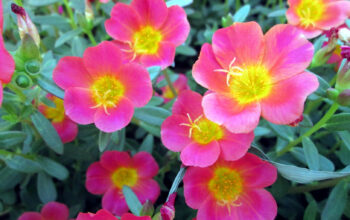
These are not the only good blog posts – there were a lot of really great posts written. We just singled these out to give everyone a sense of our expectations.
thanks.. for.. commenting .. us..and for your view